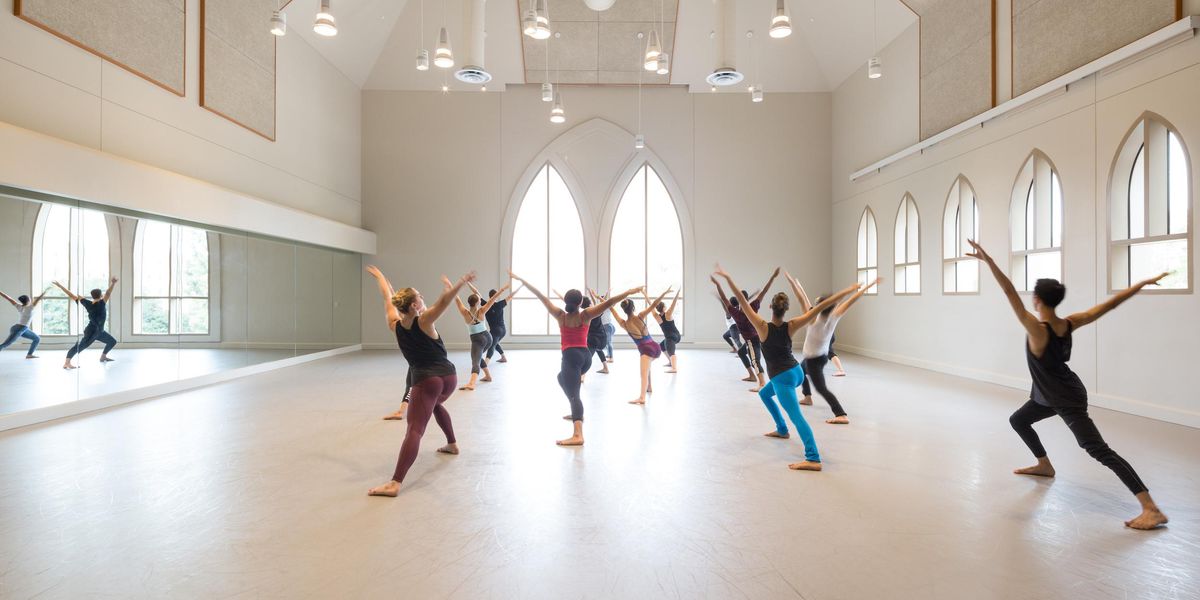What About Diversity in Modern Dance?
Misty Copeland’s visibility has launched a national discussion about the lack of African American women in ballet companies. Rightly so. The ballet world needs to look at the aesthetics of the ballet stage and the availability of the training to African American families. Gia Kourlas’ feature in The New York Times titled “Push for Diversity in Ballet Turns to Training the Next Generation” delves into some of the problems beyond aesthetics. And Dance Magazine’s Jennifer Stahl recently posted a view about “The Diversity Experiment at Ballet Memphis,” making the point that others in the ballet world are making efforts toward diversity too.
Mary Hinkson, Dance Magazine Archives
But no one has mentioned the fact that modern dance has been open to black dancers for generations. Ever since Martha Graham was working steadily, she welcomed black dancers. In 1951 she accepted Mary Hinkson and Matt Turney, both trained and educated at University of Wisconsin, Madison. Hinkson was one of the few who danced Graham’s roles during her lifetime.
Modern dance companies from Paul Taylor (who could forget Carolyn Adams?) to the Limón Company (whose current top female dancer, Kristen Foote, is black) have employed black dancers at the highest levels. Blondell Cummings was a founding member of Meredith Monk’s The House, and Shelley Washington danced for Twyla Tharp for years.
Donald McKayle, photo courtesy NY Public Library for the Performing Arts
But hang on a minute. Looking a little deeper into the past reveals that modern dance was not always so open. Acceptance was an issue back in the 1920s when Edna Guy wanted to dance with Denishawn and was relegated to the role of seamstress. It was an issue when Donald McKayle’s presence in Sophie Maslow’s 1949 The Village I Knew prompted New York Times critic John Martin to scold Maslow for casting a black dancer in a piece about a Jewish shtetl.
The great Katherine Dunham, whose company was the toast of Europe in the ’40s and ’50s, was refused support from the State Department’s dance panel (a precursor to the National Endowment for the Arts). And, as Susan Manning tells us in her book Modern Dance, Negro Dance, during that period she was not invited to teach at American Dance Festival, the then-and-now bastion of modern dance. And yet, if it hadn’t been for Miss Dunham, we might never have had Alvin Ailey, who, as a youngster, was inspired by seeing her perform.
So it took modern dance a while to give black dance artists their due. But in recent decades this genre of dance has embraced African Americans (and other non-whites) as dancers, teachers and choreographers. Aesthetically, modern dance doesn’t require a pristine row of white swans. It’s more inclusive; it’s more like the world we live in.
So I just want to take a moment to acknowledge that. As a former modern dancer, I feel a little bit proud that this genre has not made the news in the area of diversity.




